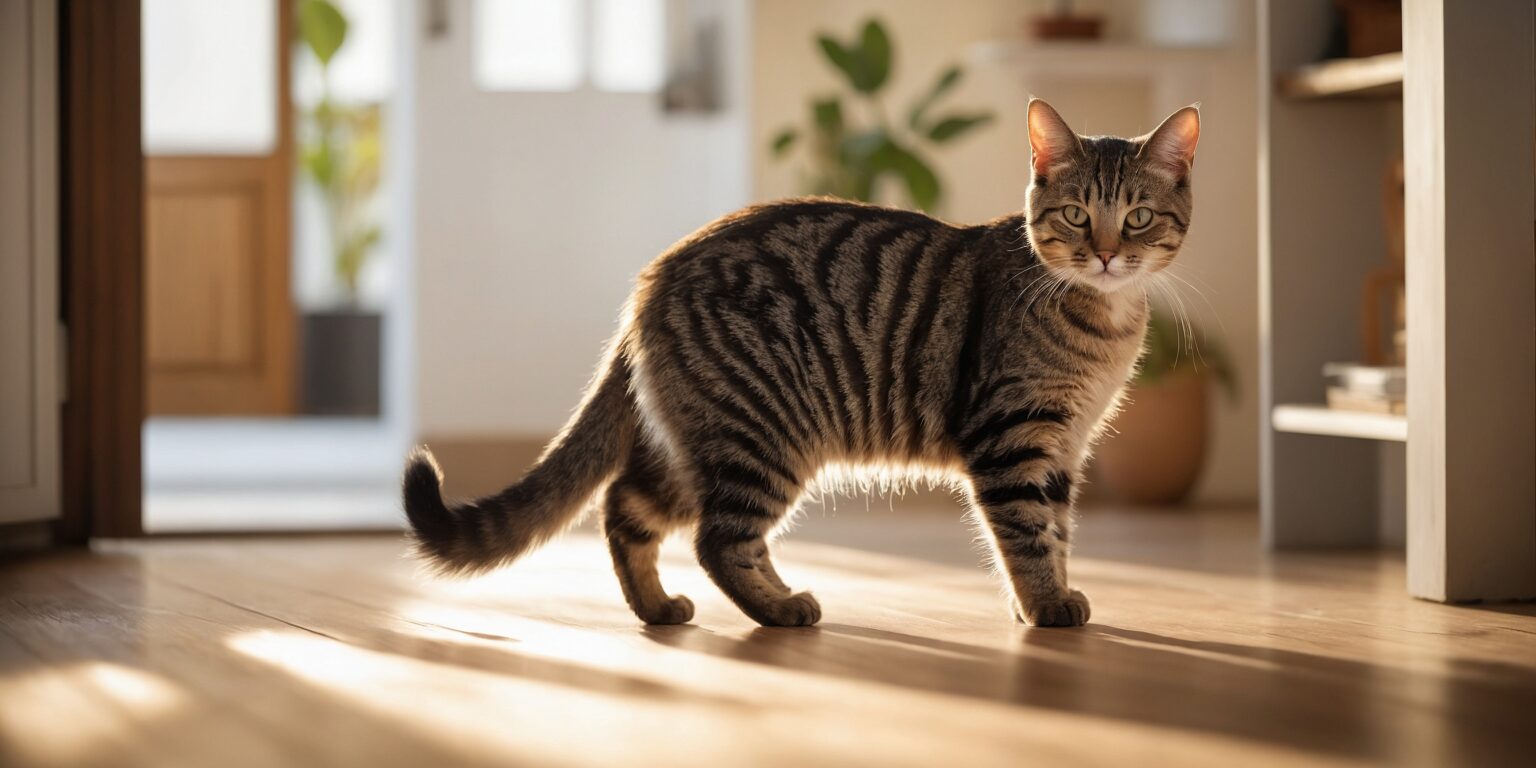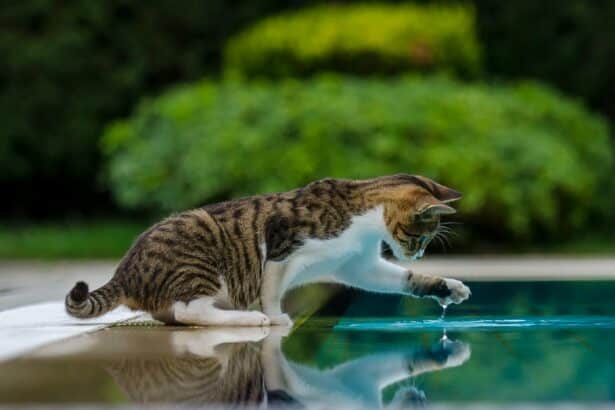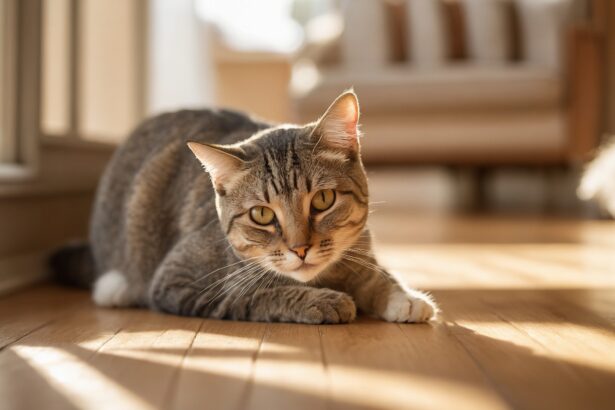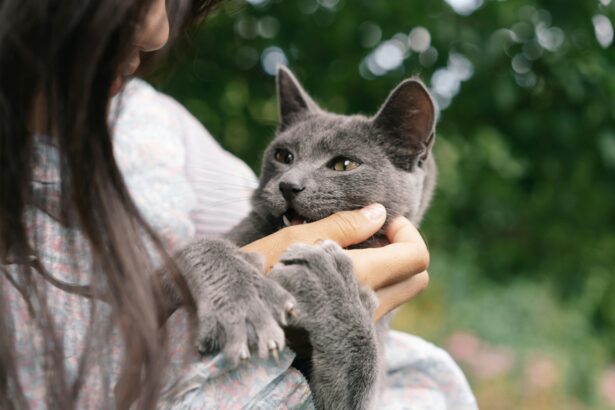Introduction
Ever found yourself watching your cat’s tail and thinking, what on earth are you saying, sweetheart? Cat tails are more than elegant plumes—they’re little mood meters. Here’s how to decode why cats wag their tails, from happy hellos to little warning flags.
- Introduction
- The tail as an emotion barometer
- Decoding specific movements
- Social messages you can’t miss
- Question-mark tail: play and friendliness
- Tail draped over another cat: affection
- Still tail: vigilance
- When tail talk points to health
- Impatience and excitement
- Boredom or frustration
- Balance: the acrobat’s secret
- Conclusion
- FAQ
The tail as an emotion barometer
Raised tail: joy and confidence
- Straight and vertical: a friendly greeting and a confident cat.
- Upright with a soft curve at the tip: curiosity and warm interest.
- Quivering at the base: positive excitement, often when you walk in the door.
Think of a raised tail as your cat’s “Hi, gorgeous!” It’s the feline equivalent of a smile.
Low tail: caution or fear
- Tucked tightly: fear, stress, or submission—offer space and calm.
- Low and slightly curved: uncertainty; your cat is assessing the situation.
- Low with slow movements: hesitation—watch the environment for stressors.
Puffed tail: defensive mode
- Fluffed up (like a bottle brush): your cat feels threatened and tries to look bigger.
- Paired with an arched back: classic “back off” posture.
- Flattened ears + puffed tail: ready to flee or defend if needed.
Unusual fact: Tailless or short-tailed breeds (like the Manx or Japanese Bobtail) still “speak tail”—they rely more on spine posture, ear angles and whiskers to get the message across.
Decoding specific movements
Fast whipping: irritation
- Sharp, rapid swishes: something’s annoying your cat—hands off for now.
- Whipping during petting: stimulation overload; pause and let her reset.
- Fast tail around other pets: tension or territorial vibes—redirect gently.
Mistake to avoid: Continuing to pet a cat whose tail is lashing. It can escalate to a bite or a swat because your cat is overstimulated and asking for space.
Slow sway: focus and interest
- Smooth, gentle waves: attentive observation—she’s plotting her next move.
- Slow sway before a pounce: hunter’s concentration mode activated.
- Slightly raised with a soft wag: curious, engaged, not stressed.
If your cat also loves to play with their tail, that playful sway usually means good spirits and a brain brimming with curiosity.
Tail wrapped around the body: comfort
- Curled around the paws: relaxed and cozy.
- Tucked when sleeping: content and secure, sometimes preserving warmth.
- Neatly wrapped when sitting: calm, comfortable posture—do not disturb vibes.
Practical tip: Learn your cat’s “yes, pet me” zones. If the tail stays settled or sways slowly, continue. If it starts to twitch or flick, stop for 30–60 seconds and let her choose to come back for more.
Social messages you can’t miss
Question-mark tail: play and friendliness
- Hooked tip, bouncy steps: playful invitation—bring out a wand toy.
- Raised with a gentle curve: curious, open to interaction.
- Mini hops with a perky tail: happy energy incoming.
Tail draped over another cat: affection
- Wrapped around a feline friend: social bond and trust.
- Light tail touch: gentle reassurance, a calm “we’re good.”
- Parallel tails while resting: quiet companionship.
Notice other cuddle signals too—like soft paws and rhythmic kneading. Here’s why cats knead and what they’re trying to tell you.
Still tail: vigilance
- Horizontal and steady: alert but composed.
- Motionless with a raised tip: pinpoint focus on a sound or movement.
- Tense and still: caution—don’t startle her.
When tail talk points to health
Drooping or inert tail: pain alert
- Limp tail held low: may signal pain, injury, or illness—contact your vet.
- Sudden change to constantly low: watch for other signs (lethargy, loss of appetite) and seek advice promptly.
For broader warning signs and what to do, explore our guide to cat health problems.
Impatience and excitement
- Quick, short wags before meals: eager anticipation—dinner can’t come soon enough.
- Gentle wagging during greetings: happy buzz, especially after you’ve been away.
Boredom or frustration
- Slow, rhythmic taps on the floor or sofa: boredom—offer play time or a puzzle feeder.
- Slower wag while waiting: brewing frustration—change the activity or location.
Pair tail clues with other sounds and signals. Curious about the soundtrack of feline feelings? Here’s why cats purr and what it can mean beyond happiness.
Balance: the acrobat’s secret
- Tail tight and aligned during jumps: stabilizer in mid-air.
- Slight oscillation on wobbly surfaces: micro-adjustments to keep footing sure.
Cats don’t just look graceful—they use that tail like a built-in tightrope pole. Nimble queens of the sofa and the staircase.
Conclusion
Once you learn to read each flick, swish, and puff, your cat’s tail becomes a conversation you can finally follow. Let her tail guide you—toward better timing, gentler petting, and a happier bond.
FAQ
Why do cats wag their tails while being petted?
It often signals rising stimulation. A slow sway can be contentment, but lashing means “enough.” Pause, and let your cat reinitiate.
What does a quivering tail mean when my cat greets me?
That tiny tremble is positive excitement and affection. It’s a warm welcome—she’s happy you’re home.
Is a puffed tail always aggression?
Not always, but it’s defensive. Your cat feels threatened and is trying to look bigger—give space and lower the stimulus.
When should I see a vet about tail changes?
If the tail becomes limp, unusually low, or painful to touch—especially with other symptoms—book a vet check promptly.








